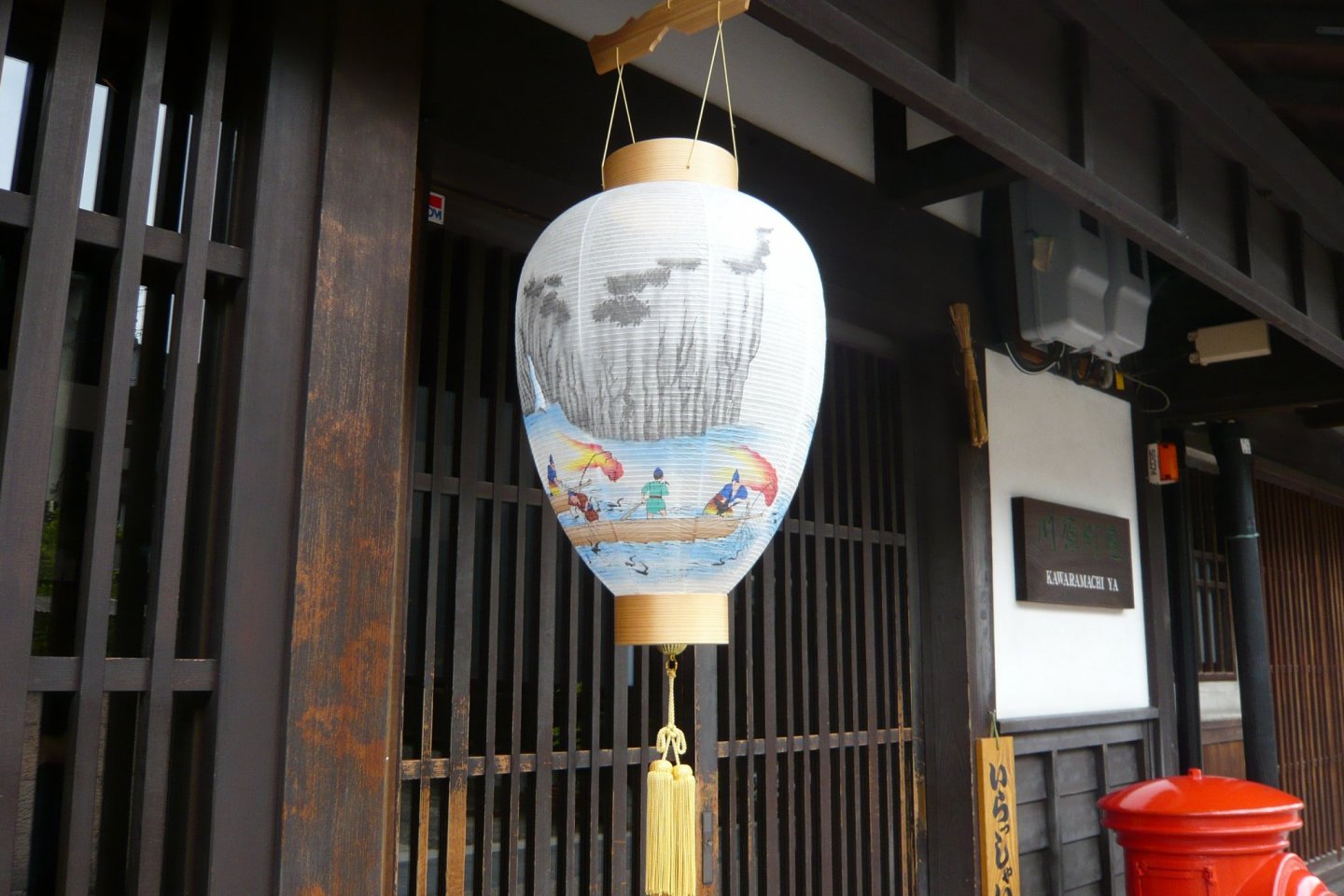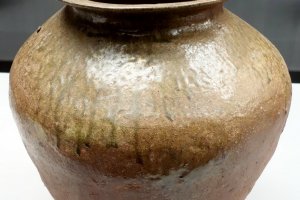Overview
From pottery and bamboo to gold and paper, the craft traditions of Japan's Chubu region date as far back as the eighth century and feature a plethora of designs and sensibilities. Aichi prefecture is home to a twelfth century pottery tradition, Gifu's famous lanterns are a study in elegance, the gold leaf heritage is a stunning display from Ishikawa prefecture while Toyama prefecture features traditional paper. Here is a simple introduction to these and other traditional crafts found in the Chubu region.
Aichi
With various hand-twisting and pressing techniques dating back to the twelfth century, Tokoname ware from Aichi prefecture is the most widespread of Japan's pottery traditions. Along with iron-rich clay that gives the final product a reddish-brown finish, Tokoname ware is also used in both building materials and tableware, making it a traditional craft that is versatile and beautiful..

Fukui
Fukui prefecture's Echizen uchihamono are blades and sickles made from special techniques unique to each blade style. Requiring a lot of energy to synthesise together, in the case of blades, two metal layers are thinned out and merged while sickles undergo a rotated joining technique. The blades are not only thin but naturally quite sharp.
Gifu
Generally egg-shaped and made with the region's famous Mino washi paper and local bamboo strips, Gifu prefecture's Gifu chochin lanterns are light, elegant and beautiful. Often illustrated with scenes straight out of Japanese history, the lanterns were traditionally lit by candle and used during summer's Obon Festival period.

Ishikawa
Ishikawa prefecture's Kanazawa haku gold leaf craft is a five hundred year old tradition that is as gorgeous as it is old. The ultra paper thin-like sheets of gold that were once crafted in secrecy are used to enhance the qualities of other crafts; anything from armour and jewellery to even ice cream and tatami flooring.

Nagano
With each area of Nagano prefecture home to its own unique styles and techniques, the Shinshu tsumugi silk of the area is replete with character. Using natural plant dyes and hand-weaving techniques, Shinsu tsumugi is characterised by the uniqueness of each fabric - no pieces of cloth are ever the same in either texture or colour.
Niigata
Crafted from the local ramie plant in Niigata prefecture, Ojiya chijimi textiles are known for a rugged texture to the fabric and the resulting breathability. This means that the fabric is popular as yukata or kimono during the humid summers - ironic because the crafting process relies on Niigata's famous snow climate and humidity for its creation.

Shizuoka
Suruga hinagu doll accessories are an extraordinarily detailed craft from Shizuoka prefecture. Unique in that every doll accessory, including furniture, is handcrafted in the exact same fashion as that used for life-sized objects, Suruga hinagu includes a whole raft of traditional skills including lacquerware, joinery and metalworking.
Toyama
With a history reaching back into the eighth century, the traditional Japanese washi paper in Toyama prefecture is known as Echu washi. Slight variations between the various production sites in Toyama sees this relatively solid paper used for different purposes like calligraphy writing and even shoji sliding doors.
Yamanashi
Known as Koshu inden, Yamanashi prefecture's lacquered deer leather tradition date back to the fifteenth century. Combing leatherworking and lacquerware skills, the resulting soft, light and durable material was originally worn by samurai as part of their armour. Modern usage has seen the leather turned to more sophisticated accessories.





























